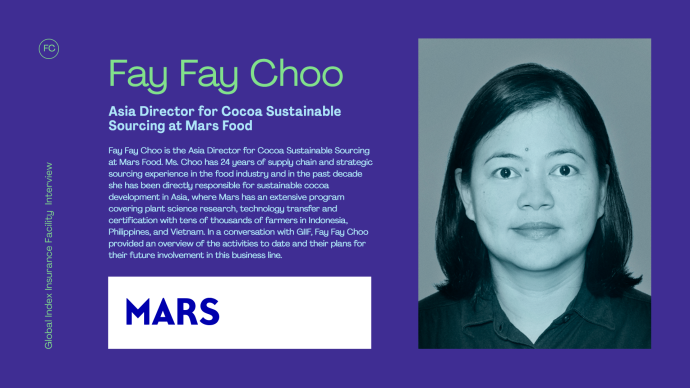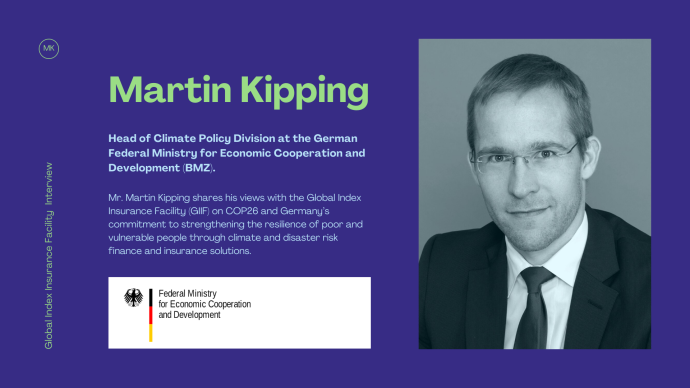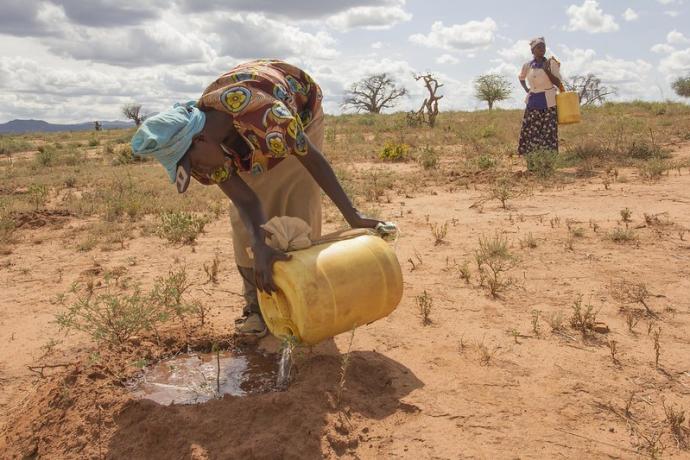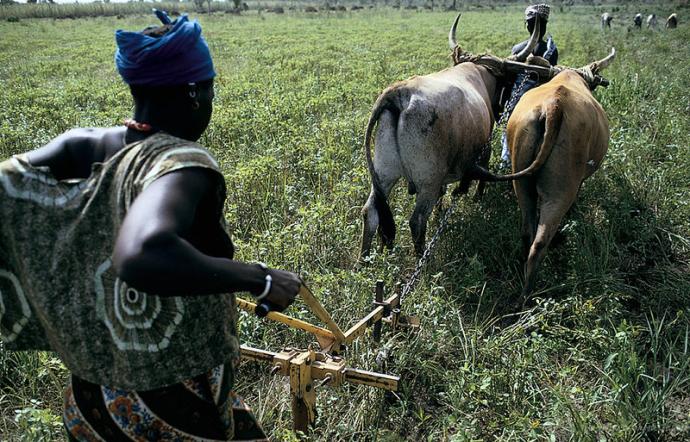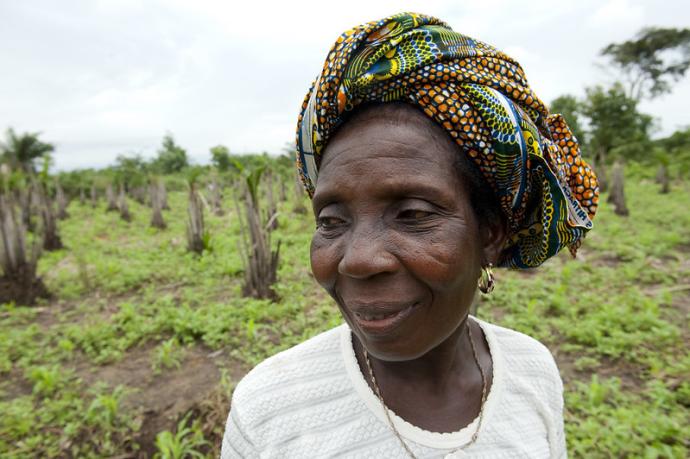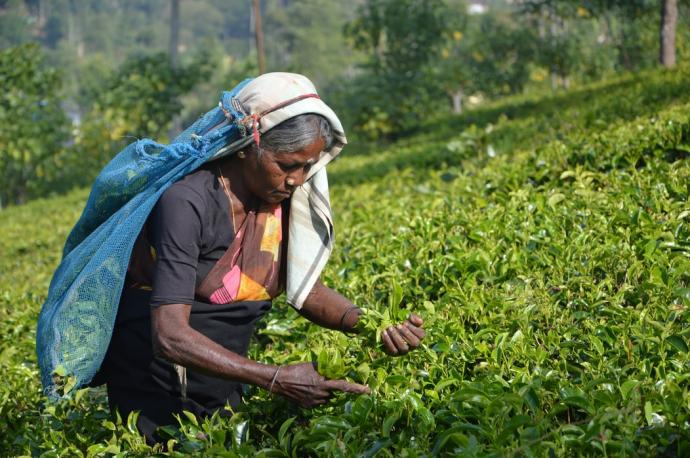11
Dec
Despite the importance of the agricultural activities to the Indonesian economy ([13%] of GDP), livelihoods ([34%] of labor force), food security, and poverty reduction, the multiple risks associated with agricultural production – coupled with the general lack of knowledge and outreach to farmers/agriculture sector by financial institutions – have limited the needed levels of investment flows into the sector. Agri-lending in Indonesia accounts for a small portion of total lending, at [5.8%]. The risks aversion towards lending to farmers are well documented, including price fluctuations and

